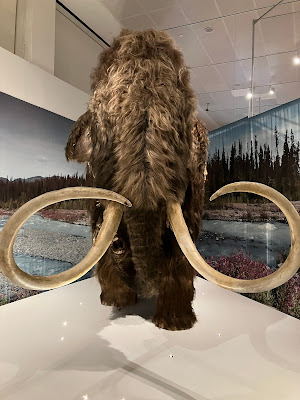 |
| Firefly |
Right now is just too early for all that, and animals still need
plant debris and dead leaves to shelter in when the weather turns bad (which it
will do) or when predators are around. Further,
there’s no need to clean up when you still can’t plant till near mid-May
anyway.
The latest Master Gardeners of Mercer County
flyer put it this way: “April is almost always a fickle
month. Walking on wet soil leads to
compaction. Planting too early can
result in damage from a late frost . . . Cleaning up planting beds too early or
too well can disturb overwintering insects.”
 |
| Chipmunk |
Those noisy mechanized devices drown out birdsong, a recognized mental health benefit for humans, and kick up unhealthy contaminants – which, by the way, their human operators are closest to! Use of leaf-blowers destroys the “critical understory where birds, frogs, fireflies, bees, caterpillars and chipmunks forage and nest.” No wonder we see fewer fireflies and insects every year!
https://www.humanesociety.org/news/birdsong-interrupted
In-home dog prison?
A recent Washington Post article asked a troublesome question:
“Should you crate your dog?” (To me, the
answer is obvious: No!)
The writer discusses various uses for dog crates, citing what
“experts” say, and mentions locking her own dog in a (well-furnished) crate
when she leaves home for a few hours. At
that, all I could think of was that poor dog, unable to escape the crate, dying
in a house fire.
Have dog crates, which I think were initially meant to be
temporary new-puppy training devices only, become the 24-hour norm for dogs who
live in homes? How often, and for what
purposes, should crates be used by dog parents for their pets?
Can’t dogs be raised to have “the run of the house” after puppyhood? https://tinyurl.com/j824zj73
 |
| Tip |
Every spring, kittens charm people. (How could they not?!) But in the midst of all that “Aw-w-w-w-w!”ness,
one fact often eludes those who want to adopt a kitten on the spot: kittens
quickly grow into . . . cats!
Meanwhile, especially during kitten season, adult cats who need homes are hard put to compete with/ kittens, even though they’re the more needy of the two adoptable varieties. Adult cats who are now in shelters or with rescue groups deserve homes now because they offer so much to
 |
| Ashley |
adopters and homes would do them such good!
Grown-up felines “have been there,” and often don’t need training. Their energy level is typically much lower than kittens’ non-stop curiosity and activity, so they fit into a family more peacefully – and, it’s been said, with greater appreciation. (If you’re hoping for a lap-cat, here’s where you’re most likely to find a ready-made!)
Despite the current flood of cute kittens, please consider adopting an adult cat. Three such felines now at the Ewing, NJ animal shelter run by Easel Animal Rescue League include a bonded pair of lovely gray cats (mother and daughter), Tip and Ashley, ages 12 and 11; and
 |
| Marshall |
#



.jpg)
